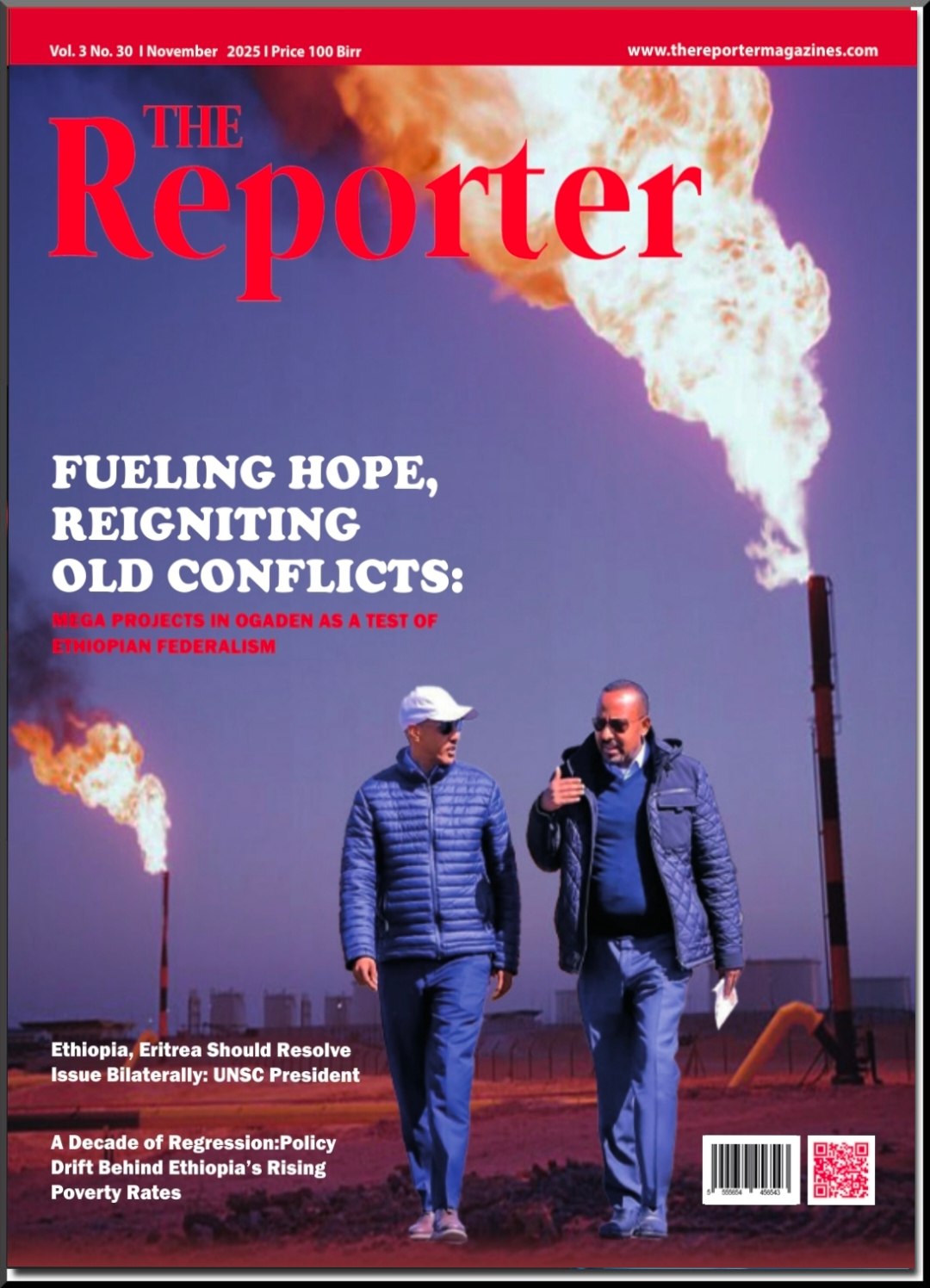Experts have urged the government and development partners to take urgent action against the effects of climate change on Ethiopian agriculture, which has already been heavily impacted by rising temperatures and other environmental degradation factors.
The call came during a meeting held this week to discuss the convergence of climate action and the transformation of Ethiopian food systems and nutrition. Ethiopia’s climate ambitions, including goals for net-zero emissions by mid-century, and mitigating the long-term impacts of climate change on vulnerable communities were on the agenda.
Meseret Tsegaye, an expert working with the Agricultural Transformation Institute (ATI), presented a report that depicts the severe risks that climate change poses for the agriculture sector.
Agriculture accounts for more than 65 percent of employment, 72 percent of export revenues, and 32 percent of GDP. It is vulnerable to rising temperatures (heat stress), erratic rainfall, and extreme weather events (drought and floods), which ultimately cause a reduction in productivity of crops, livestock, and fish.
Meseret noted that annual mean surface temperature has been rising over the years, growing by an average rate of 0.25°C per decade. This is alongside a general decline in mean precipitation.
The expert indicated that Ethiopia faces increasing exposure to extreme weather events, including droughts and floods. Regional extremes include heavy rains in the west and south and prolonged droughts in the northeast and southeast.
Rising temperatures increase evaporation and reduce soil moisture, compounding agricultural challenges and, between 2000 and 2023, more than 30 flood events occurred in Ethiopia, damaging huge swathes of land and affecting millions of people, leaving them in need of humanitarian support
Climate change affects soil degradation through soil erosion, fertility and health, and farmland loss, said the expert. Over 1.5 billion tons of soil lost annually translates to USD 4.3 billion in yearly costs and equates to about 1.5 million tons of grain.
Referring to an UNCCD report, he estimated that 35 percent of Ethiopia’s land is affected by desertification, while soil acidity is also becoming more common, further decreasing the land’s agricultural productivity.
According to Meseret, climate change increases the variability of precipitation and decreases crop and livestock productivity, and by 2050, surface water availability may decline by as much as 60 percent.
The expert noted a 30 percent reduction in water availability in pastoral areas over the past 20 years. Declining water resources also inform a projected 32 percent drop in fishery production by 2025, compared to 2020.
“Climate change is profoundly transforming Ethiopia’s landscapes, impacting agriculture, forests, biodiversity, pastoral lands, and urban areas,” said Meseret, adding that urban areas have expanded by over 200 percent, driven partly by climate-induced migration.
A study presented by Anbissa Muleta (PhD) indicates that climate change exacerbates mortality rates among neonates, children, and the elderly, with child mortality increasing during periods of extreme heat and drought, primarily due to dehydration, malnutrition, and the spread of infectious diseases such as cholera and diarrhea.
An increase in adult deaths from cardiovascular diseases and respiratory illnesses has also been linked to rising temperatures over the past two decades, according to the study.
More than 80 percent of children are exposed to heat waves, with 3.7 million being frequently affected, said Anbissa. He warned the figures would rise with climate warming.
Despite a decade-long decline, malaria cases have recently increased. Dengue fever has also emerged and shown a significant increase in recent times.
These trends are largely driven by climate change-induced factors, according to the study.
In Ethiopia, direct costs of treatment, reduced workforce productivity, and absenteeism due to illness is estimated to cost the economy USD three billion annually.
The expert called for the strengthening of national climate-disease surveillance and early warning systems to ensure targeted responses for vulnerable populations. He wants to see mental health services integrated into climate adaptation and mitigation strategies, noting it is crucial to improve healthcare infrastructure and sanitation systems to manage climate-induced disease outbreaks.





